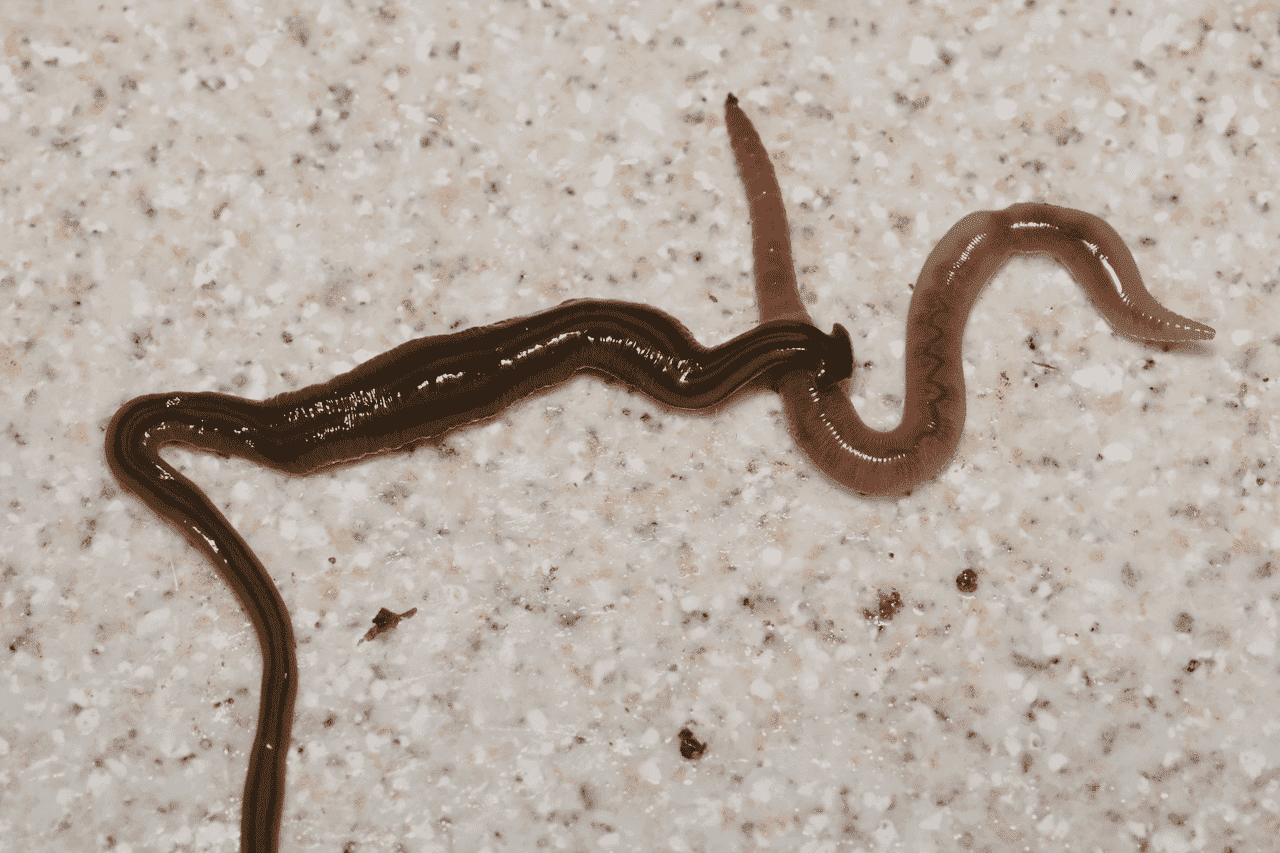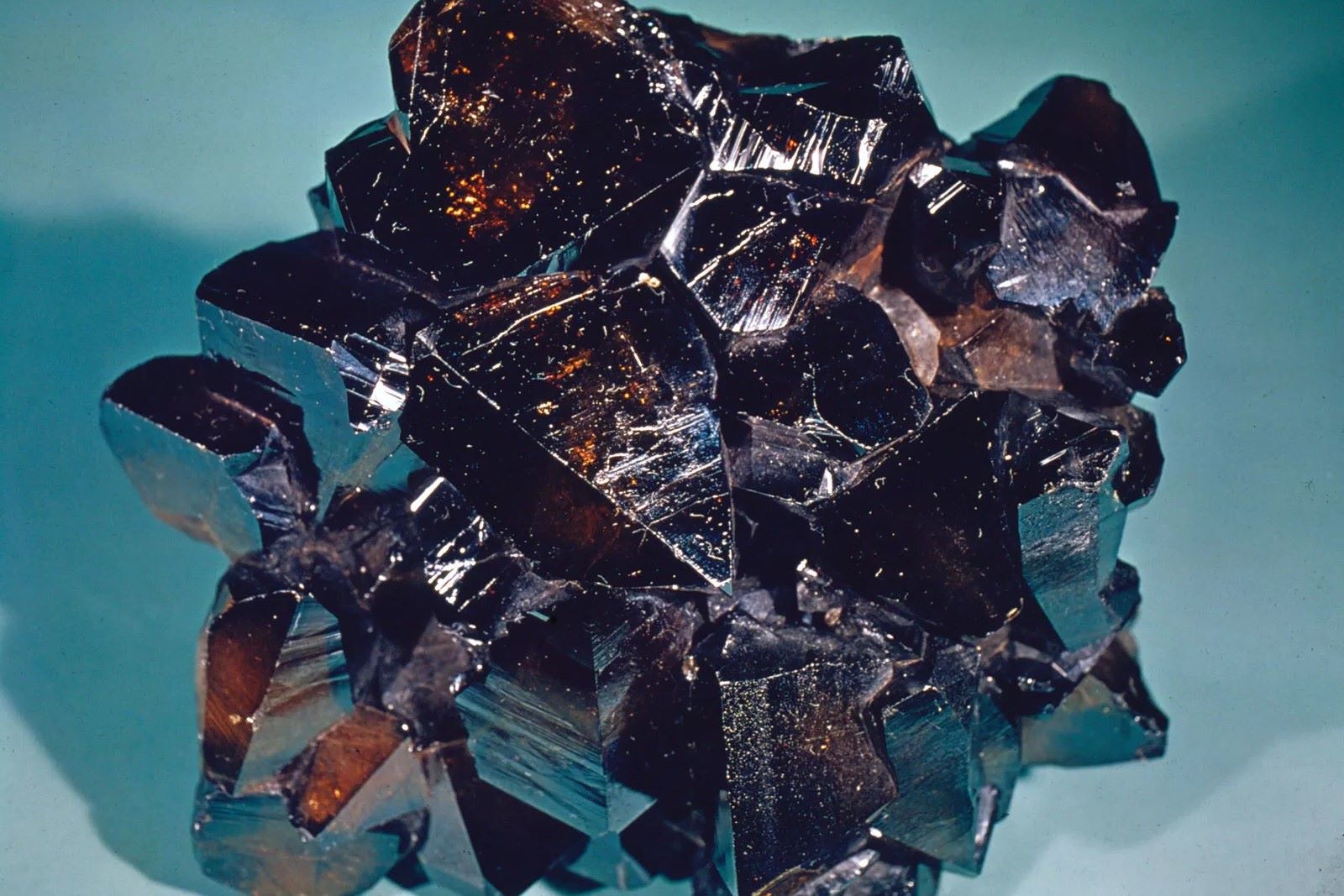
Hammerhead worms are some of the most intriguing and bizarre creatures you'll ever come across. These slimy, flat-bodied worms get their name from their distinctive, hammer-shaped heads. Found in gardens and forests, they can grow up to a foot long! Hammerhead worms are known for their unique hunting method—they secrete a sticky mucus to trap their prey, usually earthworms. What's even more fascinating is their ability to regenerate; cut one in half, and you'll end up with two worms! However, these worms are not just fascinating; they can be harmful to local ecosystems. Understanding hammerhead worms can help us appreciate their role in nature while also managing their impact. Ready to learn more? Let's dive into 35 amazing facts about these peculiar creatures!
Key Takeaways:
- Hammerhead worms, also known as land planarians, are fascinating creatures with unique features and behaviors. They are carnivorous predators that play a vital role in their ecosystems.
- These worms have a distinctive hammer-shaped head, secrete a sticky mucus, and can regenerate lost body parts. While they can disrupt soil health, they also help control populations of other invertebrates.
What Are Hammerhead Worms?
Hammerhead worms, also known as land planarians, are fascinating yet creepy creatures. Their unique appearance and behaviors make them a subject of interest for many. Let's dive into some intriguing facts about these worms.
-
Hammerhead worms get their name from their distinctive head shape, which resembles a hammer or a shovel.
-
They belong to the family Geoplanidae, which includes various species of flatworms.
-
These worms are typically found in moist, tropical, and subtropical regions around the world.
-
Hammerhead worms can grow quite large, with some species reaching lengths of up to 20 inches.
-
Their bodies are usually flat and elongated, making them well-suited for crawling through soil and leaf litter.
Unique Features of Hammerhead Worms
Hammerhead worms possess several unique features that set them apart from other worms. These characteristics contribute to their survival and predatory nature.
-
They have a distinctive head shape that helps them sense their environment and locate prey.
-
Hammerhead worms have a slimy, mucus-covered body that aids in movement and helps them capture prey.
-
Their coloration can vary, with some species displaying bright colors or patterns to warn predators of their toxicity.
-
These worms have a unique feeding mechanism, using a muscular pharynx to engulf and digest their prey.
-
Hammerhead worms are known for their regenerative abilities, capable of regrowing lost body parts.
Predatory Nature of Hammerhead Worms
Hammerhead worms are carnivorous and have a voracious appetite. They primarily feed on other invertebrates, making them formidable predators in their ecosystems.
-
They prey on earthworms, slugs, and other small invertebrates, using their muscular pharynx to immobilize and consume them.
-
Hammerhead worms secrete a neurotoxin called tetrodotoxin, which helps them subdue their prey.
-
They can detect the presence of prey through chemical cues in the environment.
-
Hammerhead worms are known to follow slime trails left by their prey, making it easier to locate and capture them.
-
Their predatory behavior can have significant impacts on local invertebrate populations, particularly earthworms.
Reproduction and Lifecycle
The reproductive strategies and lifecycle of hammerhead worms are equally fascinating. Understanding these aspects can provide insights into their survival and spread.
-
Hammerhead worms are hermaphroditic, meaning they possess both male and female reproductive organs.
-
They can reproduce sexually, exchanging sperm with another worm during copulation.
-
Hammerhead worms can also reproduce asexually through fragmentation, where a piece of the worm breaks off and regenerates into a new individual.
-
Eggs are laid in moist environments, where they develop and hatch into juvenile worms.
-
The lifecycle of a hammerhead worm can vary depending on environmental conditions and availability of prey.
Environmental Impact of Hammerhead Worms
Hammerhead worms can have both positive and negative impacts on their environments. Their presence can influence local ecosystems in various ways.
-
By preying on earthworms, hammerhead worms can disrupt soil health and nutrient cycling.
-
They can also help control populations of other invertebrates, such as slugs and snails.
-
In some regions, hammerhead worms are considered invasive species, posing a threat to native invertebrate populations.
-
Their ability to reproduce rapidly and regenerate lost body parts makes them difficult to control once established.
-
Hammerhead worms can serve as bioindicators, providing insights into the health of their ecosystems.
Interesting Behaviors of Hammerhead Worms
Hammerhead worms exhibit a range of interesting behaviors that contribute to their survival and success as predators.
-
They are primarily nocturnal, emerging at night to hunt for prey.
-
Hammerhead worms can detect light and will avoid brightly lit areas.
-
When threatened, they can secrete a sticky mucus to deter predators.
-
They have been observed engaging in cannibalistic behavior, consuming other hammerhead worms when food is scarce.
-
Hammerhead worms can survive for extended periods without food, relying on stored energy reserves.
Human Interactions with Hammerhead Worms
Humans have had various interactions with hammerhead worms, ranging from scientific study to accidental encounters.
-
Hammerhead worms are often studied for their regenerative abilities, providing insights into tissue regeneration and healing.
-
They can be found in gardens and greenhouses, where they may prey on beneficial earthworms.
-
Handling hammerhead worms is not recommended, as their mucus can cause skin irritation in some individuals.
-
In some cultures, hammerhead worms are considered pests and are actively controlled to protect local invertebrate populations.
-
Despite their creepy appearance, hammerhead worms play an important role in their ecosystems, contributing to the balance of predator-prey relationships.
Hammerhead Worms: Nature's Oddities
Hammerhead worms are fascinating creatures with unique traits. These flatworms, known for their distinctive head shape, are both intriguing and a bit creepy. They can regenerate lost body parts, making them nearly immortal. Their diet mainly consists of earthworms, which they consume using a special toxin. This toxin also makes them harmful to touch, so handling them isn't a good idea.
These worms are invasive species in many parts of the world, often disrupting local ecosystems. They reproduce asexually, which helps them spread quickly. Despite their small size, they play a significant role in the environment, both good and bad.
Understanding hammerhead worms helps us appreciate the complexity of nature. While they might not be the most beloved creatures, they certainly are among the most interesting. Keep an eye out for these little oddities next time you're in the garden!
Frequently Asked Questions
Was this page helpful?
Our commitment to delivering trustworthy and engaging content is at the heart of what we do. Each fact on our site is contributed by real users like you, bringing a wealth of diverse insights and information. To ensure the highest standards of accuracy and reliability, our dedicated editors meticulously review each submission. This process guarantees that the facts we share are not only fascinating but also credible. Trust in our commitment to quality and authenticity as you explore and learn with us.


